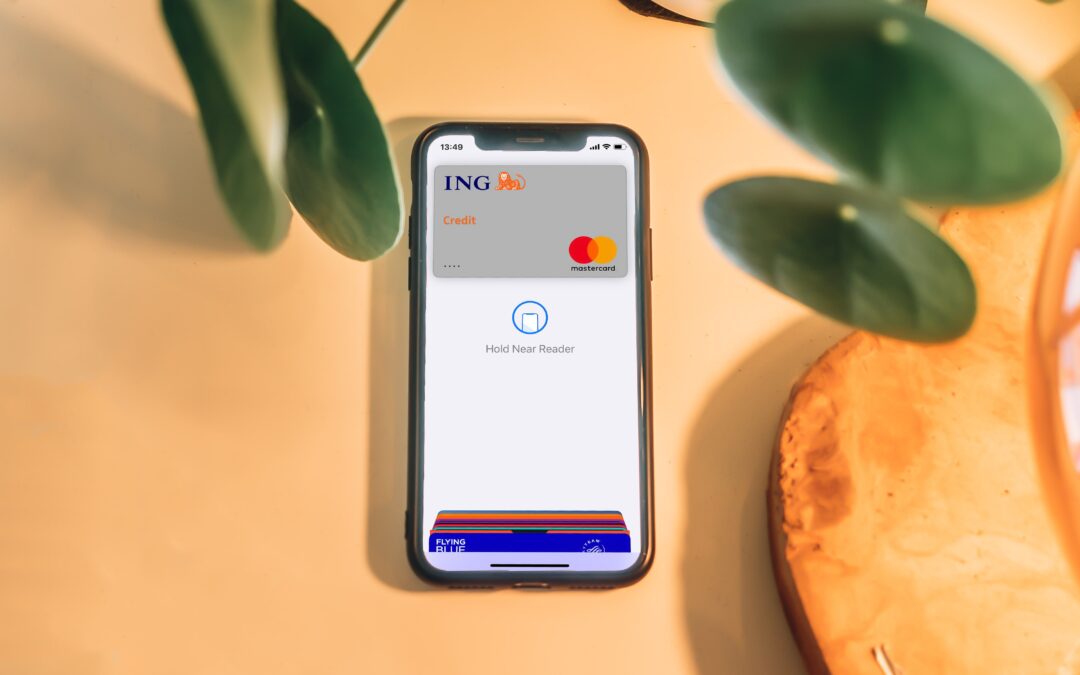Digital banking and online banking have become increasingly popular in recent years, making it easier for consumers to manage their finances on the go. However, as the use of digital banking platforms continues to grow, so too do the security risks. In this blog post, we will explore the current state of digital banking security, the challenges it faces, and the future of online banking security.
Security Threats
One of the main challenges of digital banking security is the rise of phishing scams, social engineering, and malware. These types of attacks are designed to trick consumers into giving away personal information, such as login credentials or credit card numbers. This can have devastating consequences for both consumers and banks. For consumers, it can lead to identity theft and financial loss. For banks, it can lead to reputational damage and increased regulatory scrutiny.
Security Protection
To combat these security threats, many banks have implemented various security measures such as multi-factor authentication and encryption. These measures are designed to make it harder for attackers to gain access to sensitive information. However, these measures are not foolproof and can be bypassed by determined attackers.
Looking to the future, there are several emerging technologies and trends that have the potential to improve online banking security and protect consumers. Biometrics, such as fingerprint and facial recognition, are becoming more popular as a way to authenticate users. Blockchain technology is also being explored as a way to secure online transactions and protect sensitive information. The following is a list of items/ tasks any bank can do to bolster their security:
- Implement multi-factor authentication for all online banking transactions and login attempts.
- Regularly update security software and systems to protect against the latest threats.
- Conduct regular security audits and vulnerability assessments to identify and address potential weaknesses in security.
- Provide employee education and training on the latest security threats and best practices.
- Use encryption to protect sensitive data and communications.
- Implement security protocols for mobile banking, including remote wipe and device management capabilities.
- Regularly monitor and review system logs for suspicious activity.
- Implement a security incident response plan to quickly and effectively respond to any security breaches.
- Implement a security awareness program for customers to educate them about the latest security threats and best practices for protecting their personal information.
- Partner with a third-party security expert to provide additional security expertise and resources.
- Implement security measures for the cloud, if data is stored remotely
- Use a security information and event management (SIEM) solution to monitor and analyze security-related data from different sources in real-time.
- Use intrusion detection and prevention systems (IDPS) to detect and prevent unauthorized access to the network.
- Conduct regular penetration testing to identify vulnerabilities and assess the effectiveness of existing security measures.
- Use threat intelligence to stay up-to-date on the latest threats and attacks.
In conclusion, digital banking and online banking are here to stay, but with the rise of digital banking security threats, it’s important for banks and consumers to stay vigilant. Banks should stay informed about the latest security trends and technologies and implement them wherever possible. Consumers should also be aware of the risks and take steps to protect themselves, such as being cautious of phishing emails and keeping their computers and mobile devices updated with the latest security patches. By working together, we can make online banking safer for everyone.

